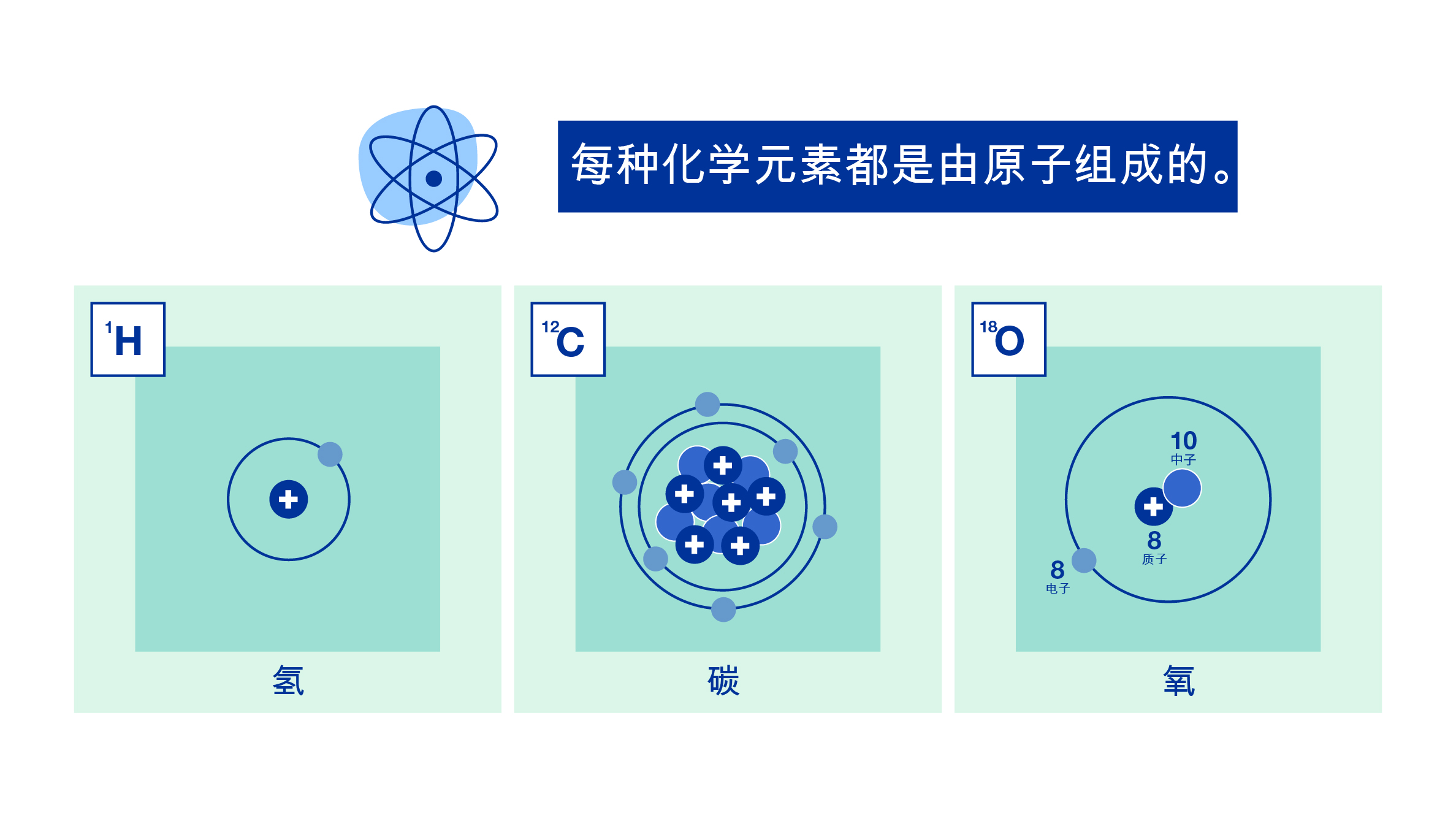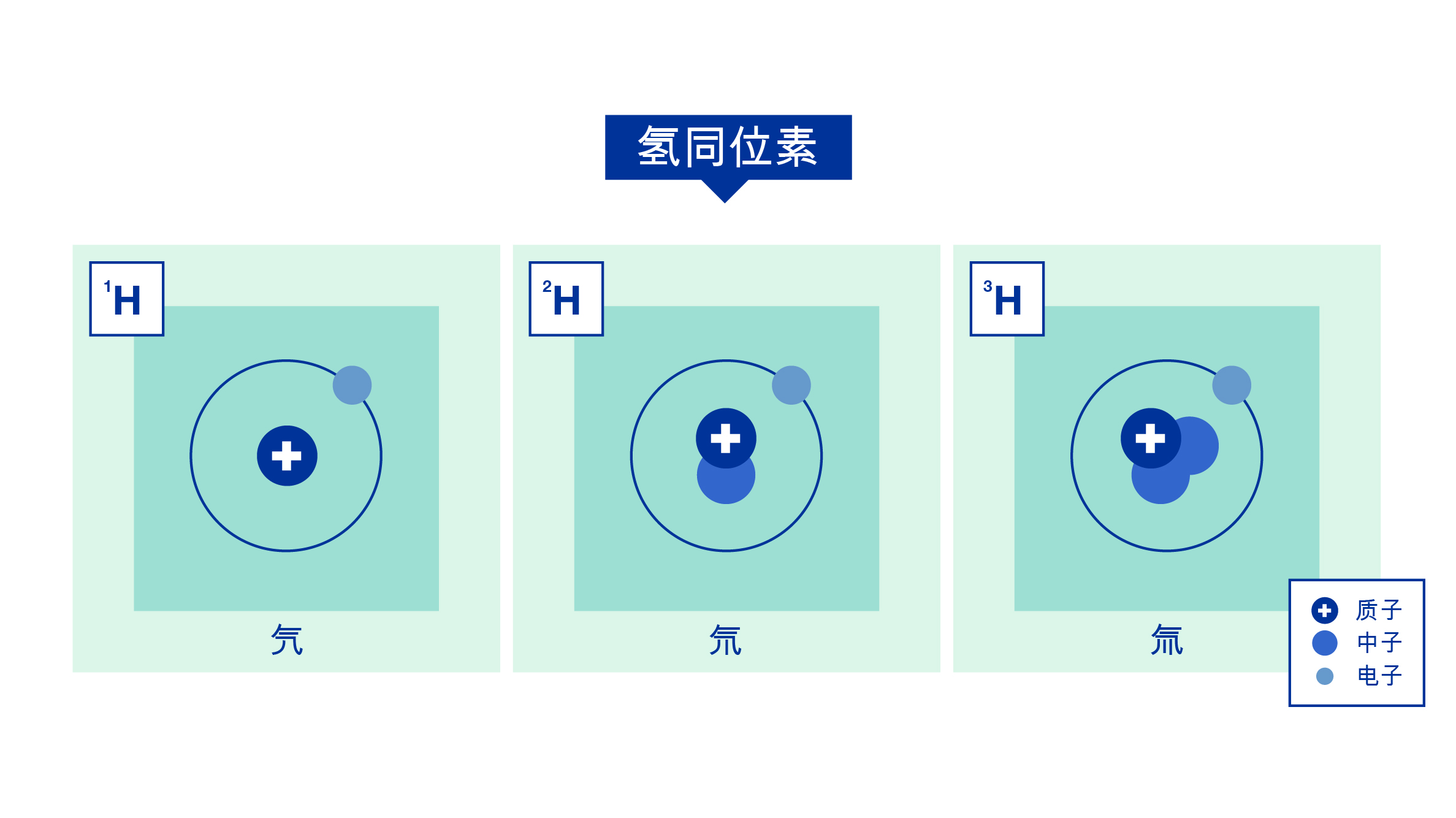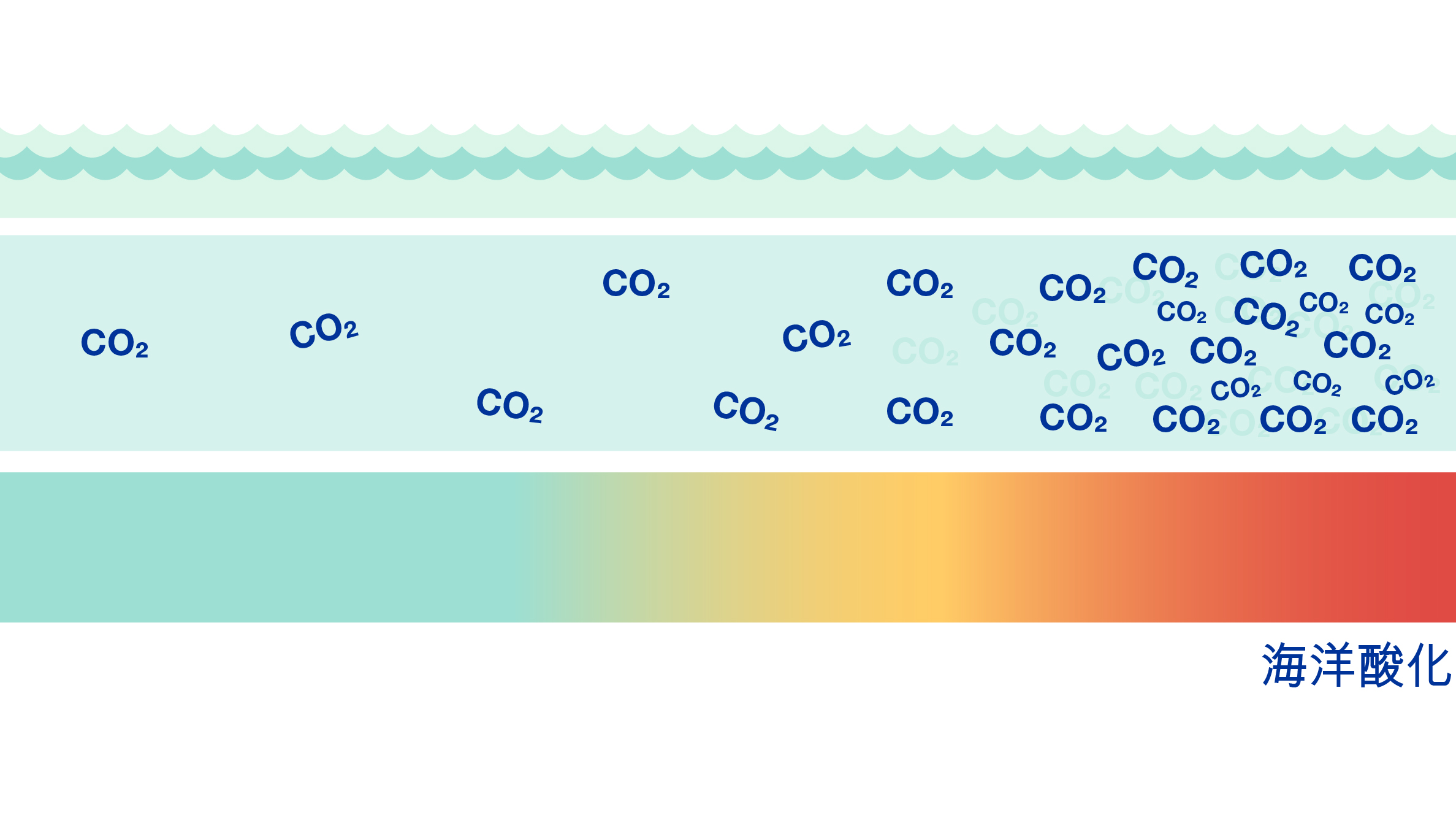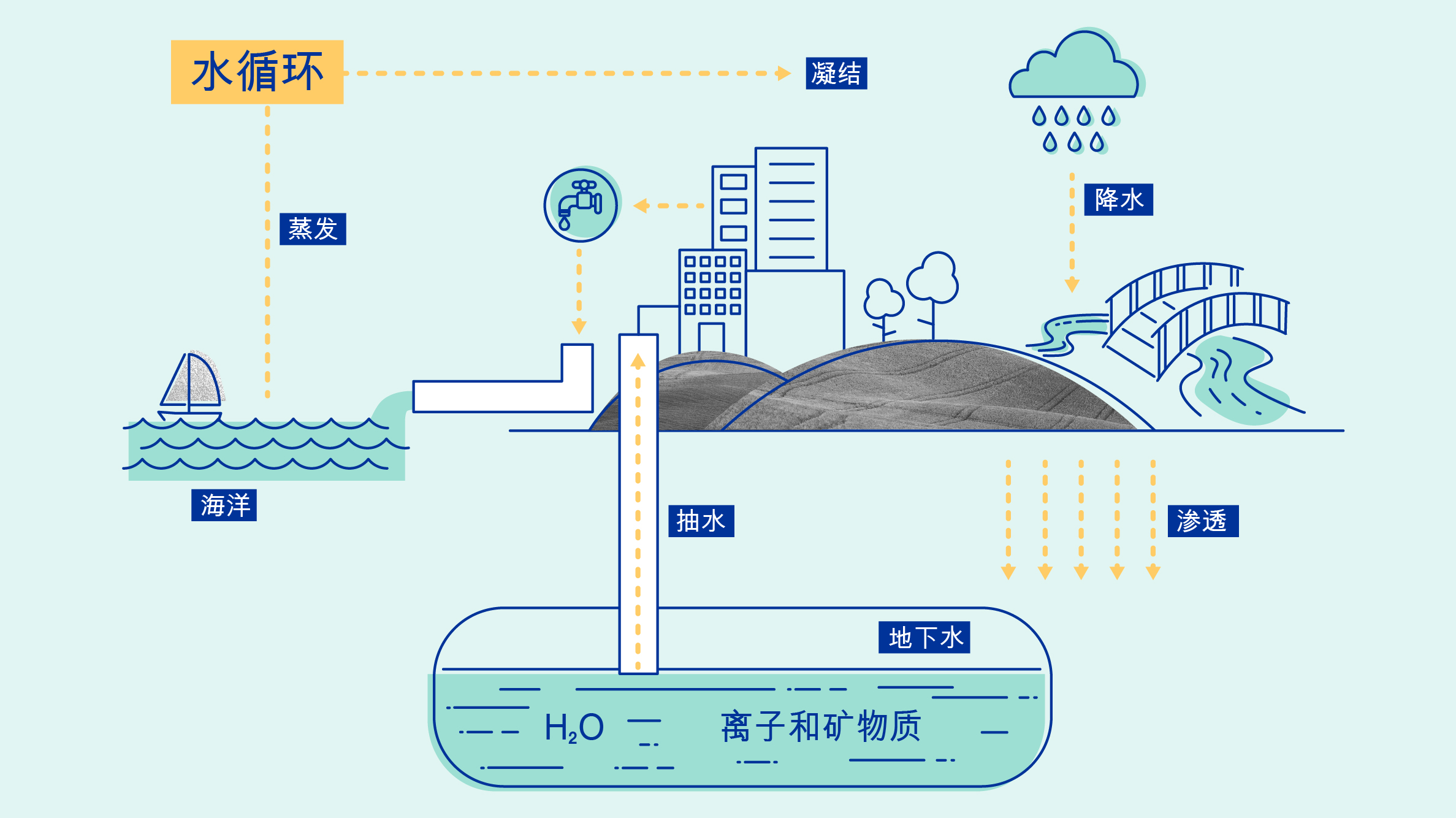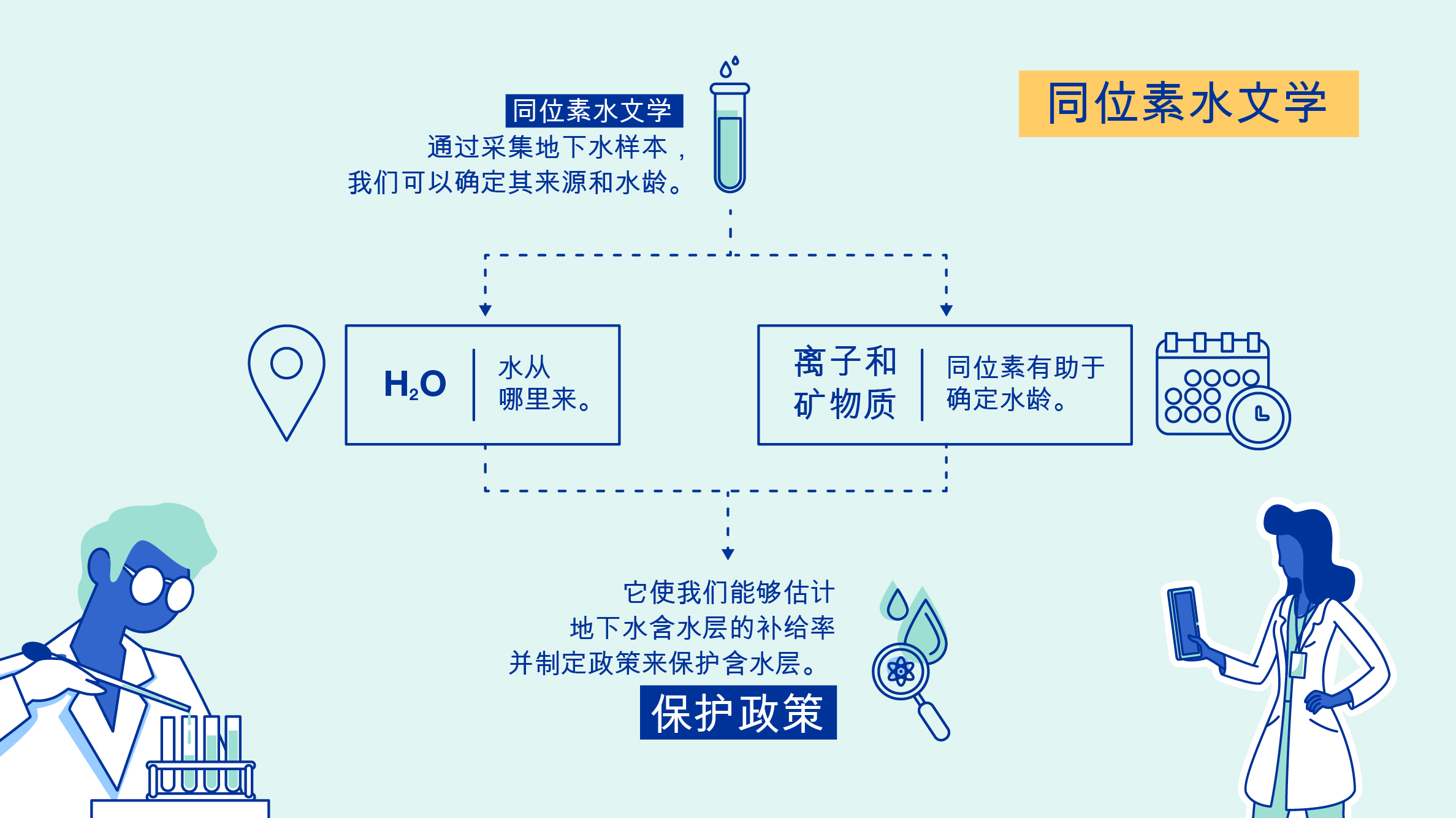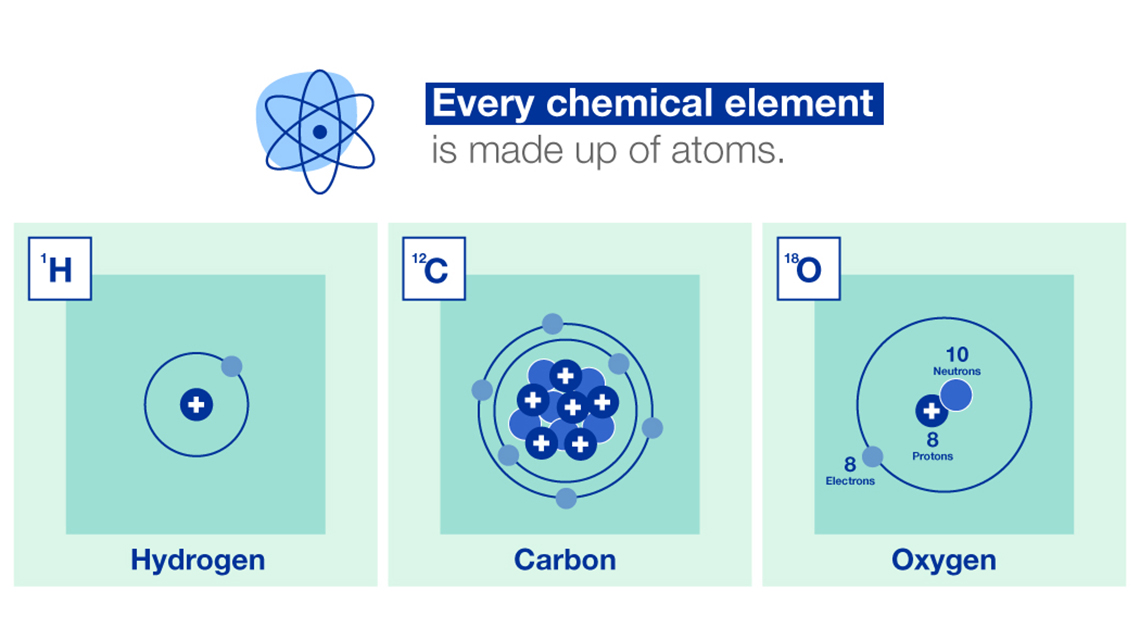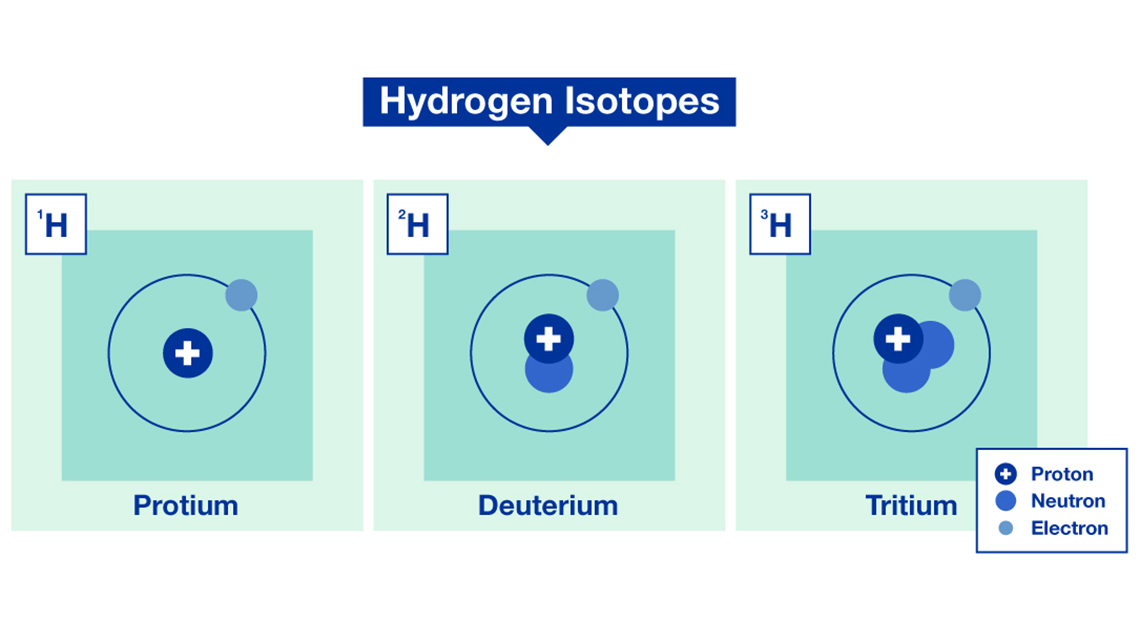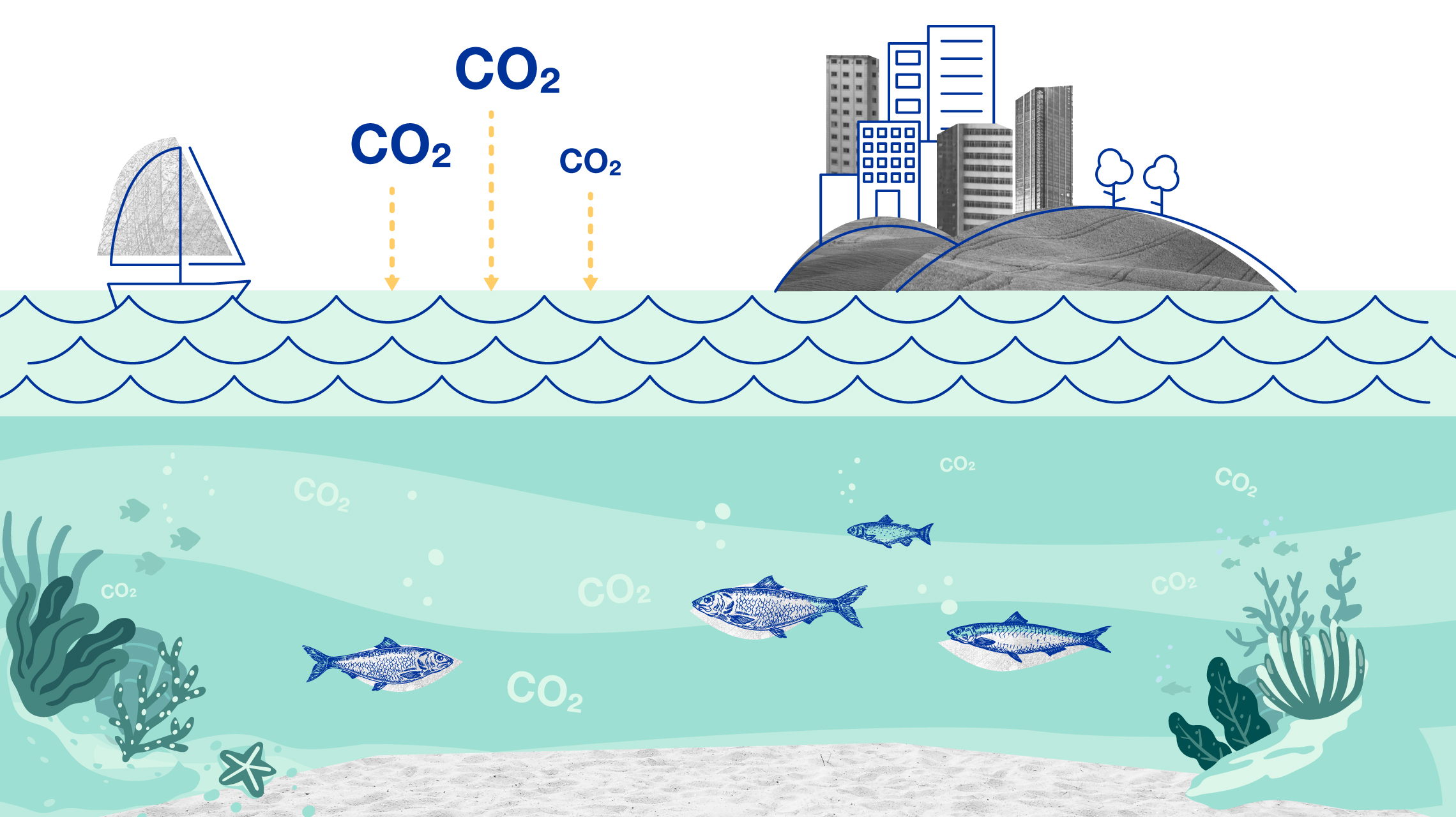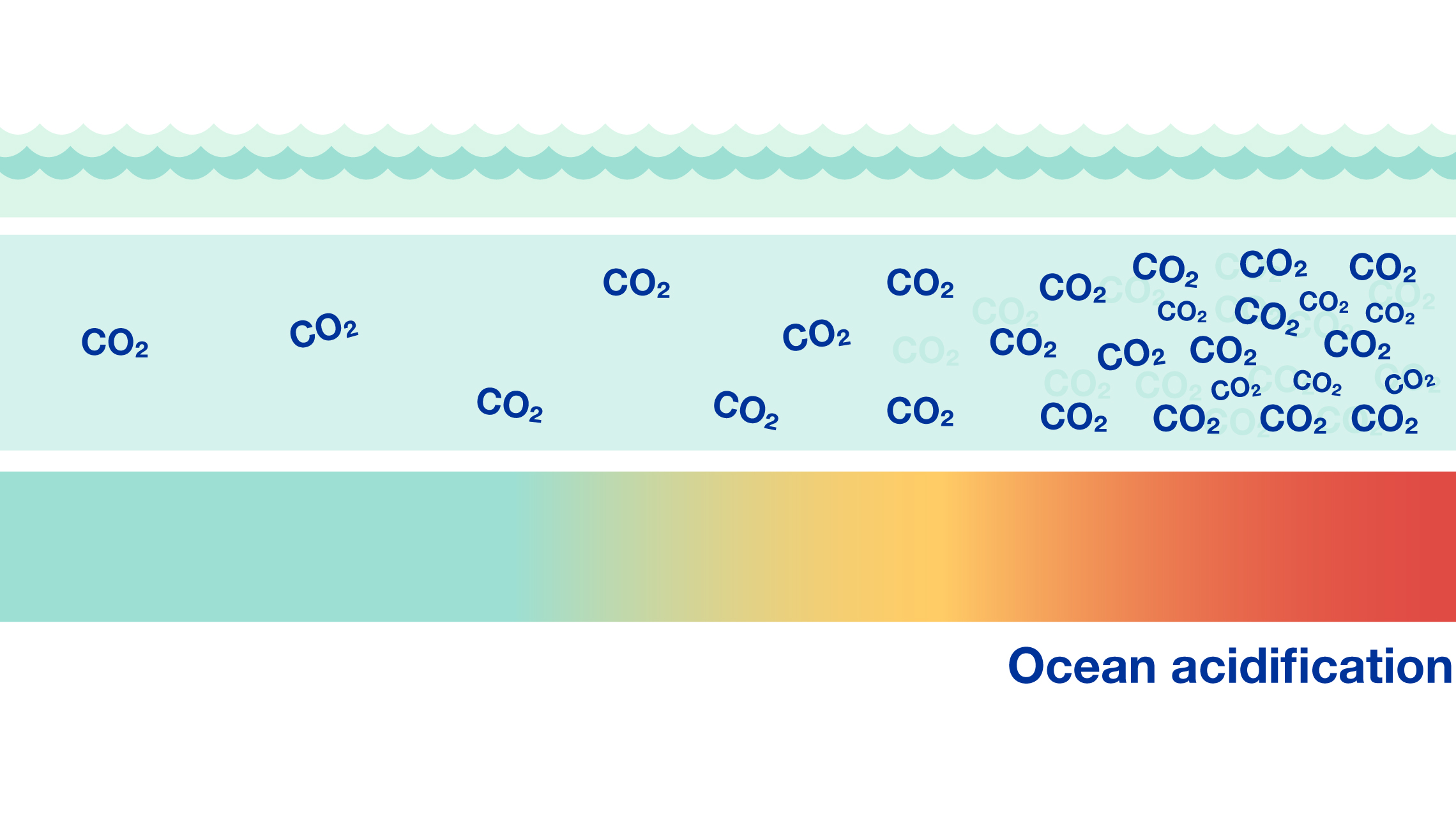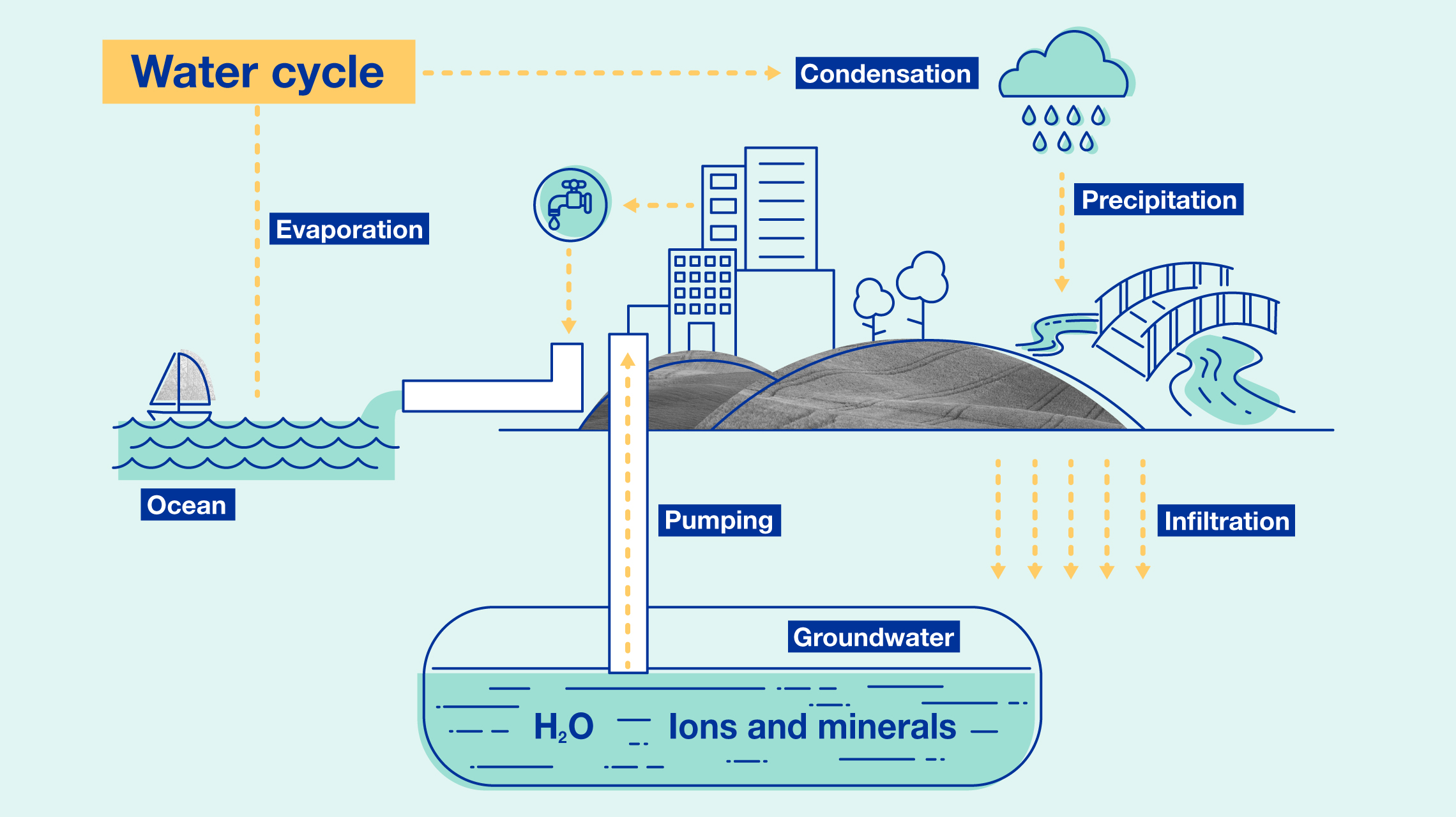Strengthening crop production
Climate change has led to extremely dry conditions in many countries, making it important to understand how drought is affecting the growth of crops under these new conditions and to help find ways to save water. See why water matters.
Isotopes are used in assessing the status and movement of water in soil to understand how strong crops can be produced under changing conditions. They help communities adapt to dry conditions and successfully use cheaper and more effective methods such as drip irrigation.
By speeding up the natural process of genetic change, gamma and X-ray irradiation are used in plant mutation breeding to develop new crop varieties resistant or tolerant to drought, salinity, disease and pests. Seeds and other plant material are treated to induce genetic changes similar to spontaneous mutations, resulting in improved varieties of high yield and crops better adapted to climate changes.
Read more about the use of nuclear techniques for climate-smart agriculture.

